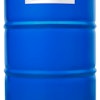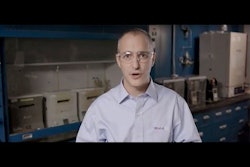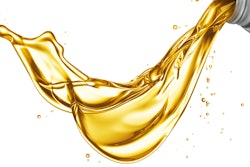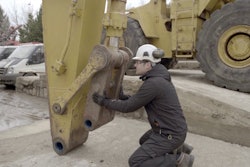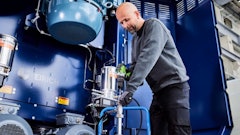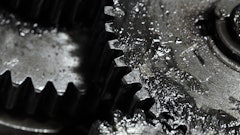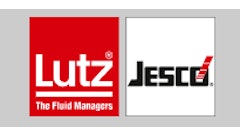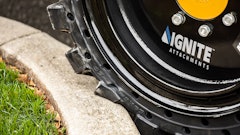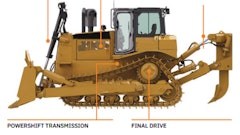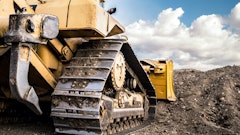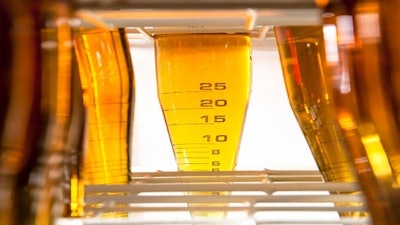
Originally published on Chevron Lube Matters blog
Oil contamination, whether in stationary or mobile industrial equipment, can be a drag on performance and profitability, and in the worst case can cause severe and costly equipment damage. In a previous article, we discussed ways to improve oil cleanliness throughout your operation, emphasizing that there is no substitute for starting with an oil that is certified clean to the OEM specifications for each particular application.
No matter how clean your storage and handling procedures, there is still a risk that oil can become contaminated even after it is flowed into the equipment. Harsh environmental conditions, dust, dirt or sand, extreme temperatures or exposure to water can all contribute to contamination of in-service oil. That’s why it is important to monitor your oil for cleanliness even when it is already at work lubricating your equipment.
It pays to perform routine testing on in-service oil for three types of contamination:
1. Particles
Exposure to dirt and dust increases the risk of particulate matter contamination. Best-practice monitoring involves pulling oil samples at regular intervals and sending them to a lab for particle count testing. Be sure to label the sample with the date and time, type of oil and specific equipment so you can monitor for changes in particle count over time. A simple test you can perform at your facility is a patch test, in which an oil sample is run through a filter membrane and observed through a microscope. Commercial patch test kits are widely available.
2. Water
Temperature changes between day and night, or between equipment operation and shut-off, can cause condensation that introduces water into the system. Water contamination can dilute the effectiveness of the lubricant and increase the risk of wear. One easy way to check for the presence of water is a “crackle” test conducted by a lab, in which oil is placed on a hot plate and will start to bubble and pop if moisture is present. The crackle test will simply tell you there is water in the oil. The more-involved Karl Fischer titration test will actually quantify the percentage or parts per million of water present.
3. Varnish
High-operating temperatures and oxidation can cause the formation of varnish, which degrades the effectiveness of the lubricant and, in combination with particulate matter, can create abrasive surfaces within the equipment. The standard, ASTM-approved way to test for varnish is the Membrane Patch Colorimetry, or MPC test. While this is typically performed in a lab, portable MPC test kits are available for onsite testing.
Monitoring your in-service oil is the first step toward identifying and mitigating any potential contamination problems lurking in your equipment’s oil. Talk to your Chevron Lubricants representative for further advice on testing for contamination and remediation options if problems occur.
Jason Gerig is currently the Americas ISOCLEAN & Services Sector Manager for Chevron Lubricants where he is implementing an industry leading business model for certified clean lubricants. He has 24 years’ experience in the lubricants and fuel industry holding various positions in operations management, marketing, and sales. Including experience in equipment management for a heavy highway construction company. His primary passion and focus has been focused on machine reliability utilizing certified clean lubricants. He holds a B.S. degree in Business Marketing from the University of Wyoming and has been recognized by the Society of Tribologists and Lubricant Engineers as a Certified Lubricant Specialist and Oil Monitoring Analyst.

